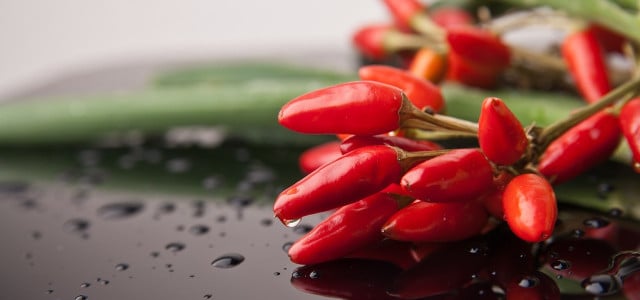If you like spicy food, having a chili pepper plant at home is worth it. These spirited little capsicums will thrive beautifully in your garden or on your terrace and keep you well supplied with spicy goodness.
Chili pepper plants need very little care and can be counted on to deliver a generous harvest. The chilis that you plant in your garden are guaranteed to be free of pesticides, and you can control exactly how hot you want them to be.
Growing Hot Peppers: From Mild to Fiery Hot
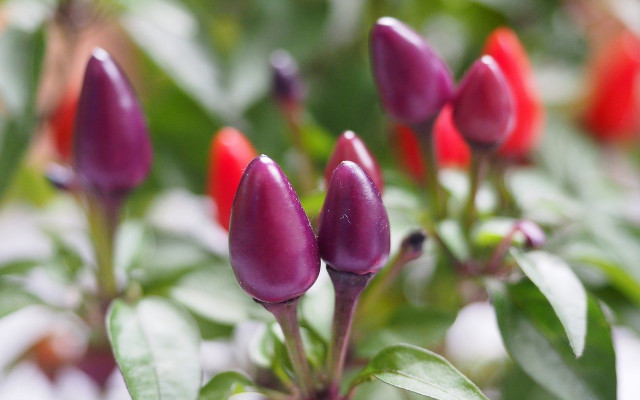
Chili plants belong to the genus Capsicum, and are members of the nightshade family, like tomatoes, potatoes, and eggplant. There are countless different kinds of chilis, each with a slightly different taste and varying degrees of heat. Some are round, some are pointy, some are small, and some can grow to 30 centimeters long.
If you live in the United States, these are some chili plant varieties that you probably already know and love:
- Jalapeño peppers originate in Mexico and have only moderate heat, and are usually harvested when green. You can use jalapeños for anything from making jalapeño poppers to spicing up your nachos.
- Serrano peppers originate in the Mexican states of Puebla and Hidalgo, and can be harvested both when ripe or still green. A bit hotter than the jalapeño, serrano peppers are among the most popular peppers in Mexican cooking.
- Cayenne peppers are long, curved, and thin. Hotter than serranos, cayenne peppers are often sold dried and ground, and are used to spice up all kinds of dishes, even chocolate desserts or your homemade hot cocoa.
Chili Pepper Plants: General Tips
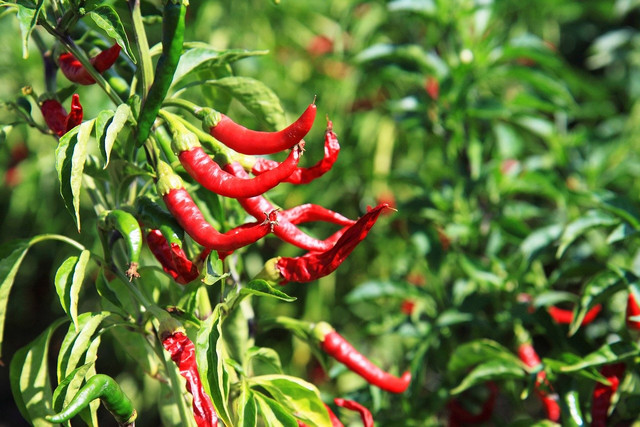


- Chili peppers originate near the equator, so it’s no surprise that they love hot weather. Plant your chilis in a bright, sunny spot.
- Chili plants don’t do well in the wind: be sure to shield them from strong gusts.
- Chili pepper plants can’t withstand frost. If you’re planting them outside, make sure that there is no chance that temperatures will drop below freezing during the night.
- They will do best in nutrient-rich soil that has a neutral to acidic pH.
Growing hot peppers works best if your chili plants have good neighbors. They especially like lettuce, parsley, and radishes, but remember to keep each plant at least 1.5 feet apart.
Tip: One or two chili pepper plants are enough for a sizable harvest. These energy guzzlers suck all the nutrients out of the ground in their general vicinity, so if you decide to keep several plants, be sure to keep enough distance between them.
Read on: Growing Basil: Keeping Basil and Other Kitchen Herbs Fresh
How to Grow a Chili Plant in a Pot



Several varieties of chili pepper plants are well-suited to being planted in pots. Start with a large 20-liter trough. Make sure that it has proper drainage to prevent stagnant water from rotting the roots of your plants.
Fill the trough halfway up with gravel. Add your soil and fill almost the top. Now you’re ready to plant.
Tip: If you’re growing your chili plant in a pot on your terrace or windowsill, choose a variety that bears smaller pods and doesn’t grow to be too tall. Bigger peppers may not be able to receive enough nutrients, and you’ll only get a minimal harvest.
Read on: Kitchen Herb Garden: Grow Your Own
Growing Hot Peppers: How to Care for Your Chili Pepper Plant
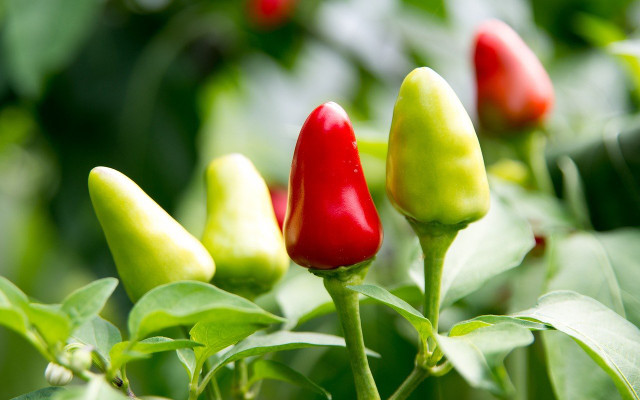


Growing hot peppers is easy and always rewarding. Chili pepper plants are undemanding and well worth the minimal effort they require.
- As with most plants, it is important to water regularly. It is best to water your chili plants in the early morning or the evening when the sun isn’t too high in the sky.
- Be careful to water only the root area, not the leaves.
- Fertilize your chili pepper plant every two weeks with an organic vegetable fertilizer. This will help your plant get the minerals it needs so that it can grow even better.
Harvesting Chilis
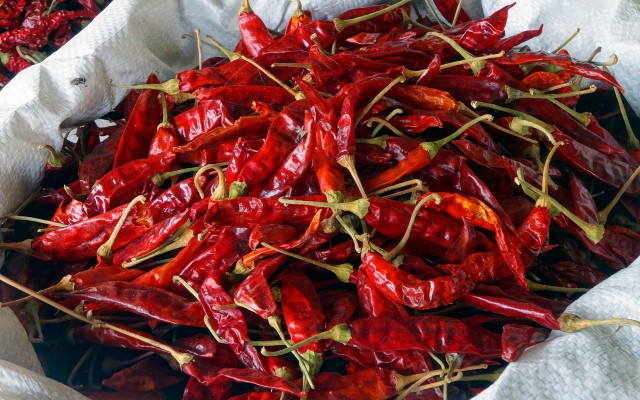


When your chilis are ready to be harvested is up to you. Many varieties can be harvested when they are still green or in various stages of ripeness. The longer your chilis ripen in the sun, the more flavorful they will be. Also, in most cases, the riper the chilis, the hotter. Every once in a while, as your peppers ripen, use a scissor to cut one off and taste it to decide whether you want to harvest now, or let them ripen a bit more.
You can use your harvested chilis fresh, dried, smoked, or marinated. Enjoy!
This article was translated from German to English by Christie Sacco. You can read the original here: Chili pflanzen: So baust du die scharfe Schote in deinem Garten an
** Links to retailers marked with ** or underlined orange are partially partner links: If you buy here, you actively support Utopia.org, because we will receive a small part of the sales proceeds. More info.Do you like this post?






